In this Cisco ISIS configuration example, we will configure an ISIS domain and see how to establish ISIS Routing.
For our example we will use the below four-routered topology. Here, we will have 3 different area. We are using multi area model to show you the link level configurations.
Let’s start the ISIS configuration.
Firstly we will create the router ISIS process with the value “1” and we will give a “net” address to each router. After that we will set the router type. By default all routers are Level 1/2 .
By the way, let’s remember ISIS router types quickly;
• L1 routers, establish neighbourship with only the routers in the same area.
• L2 routers, establish neighbourship with routers in different areas or in the same area.
• L1/2 routers, establish neighbourship with routers in any area.
How about LSDBs?
• L1 routers have Level-1 LSDB for the area
• L2 router s have Level-2 LSD for inter-area (between areas)
• L1 routers has two separate LSDB for both Level-1 and Level-2
The other articles on IS-IS Protocol are below:
Routing With IS-IS Protocol – Part 1
Routing With IS-IS Protocol – Part 2 (IS-IS Addresses)
Routing With IS-IS Protocol – Part 3 (IS-IS Packet Types)
Routing With IS-IS Protocol – Part 4 (IS-IS Adjacency)
Routing With IS-IS Protocol – Part 5 (IS-IS versus OSPF)


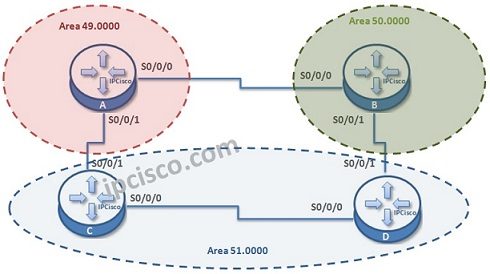
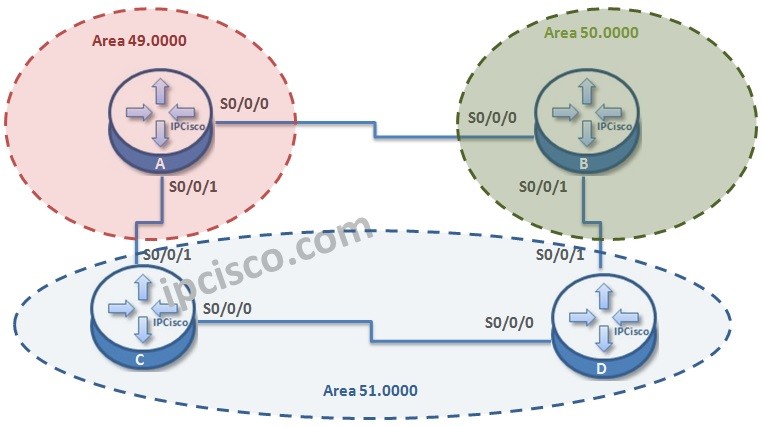
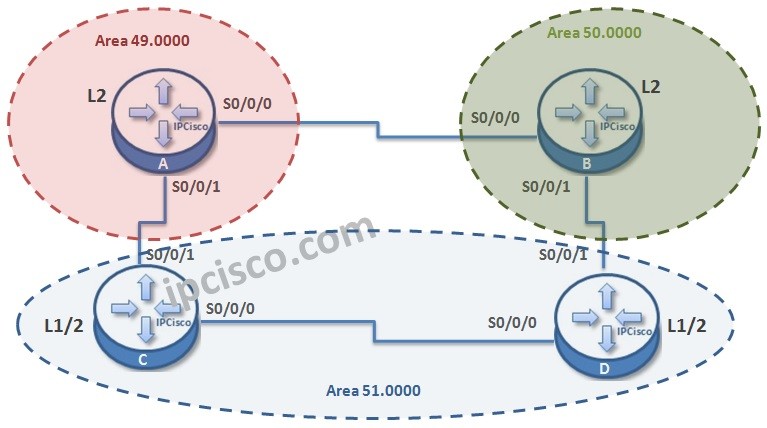

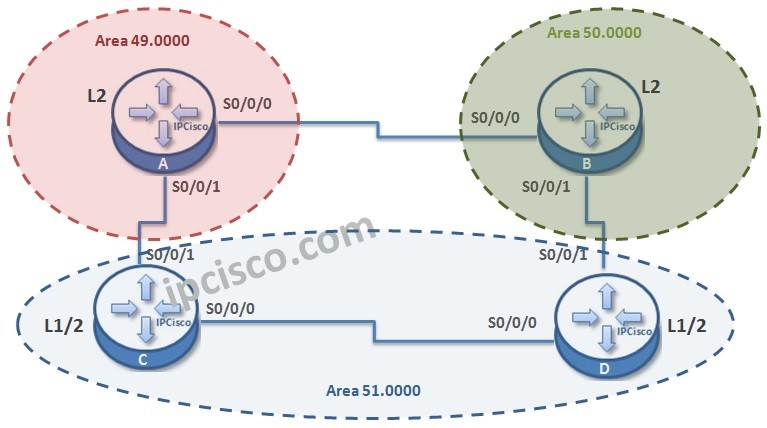
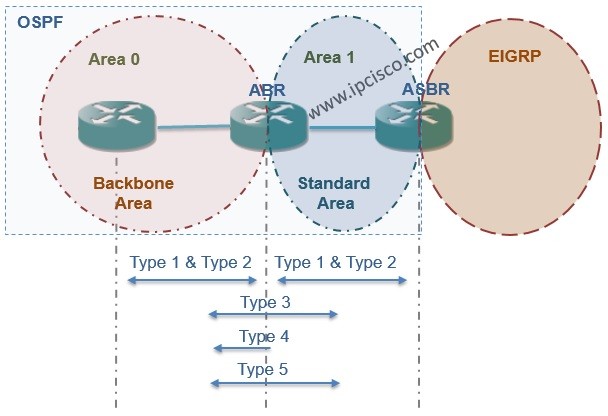
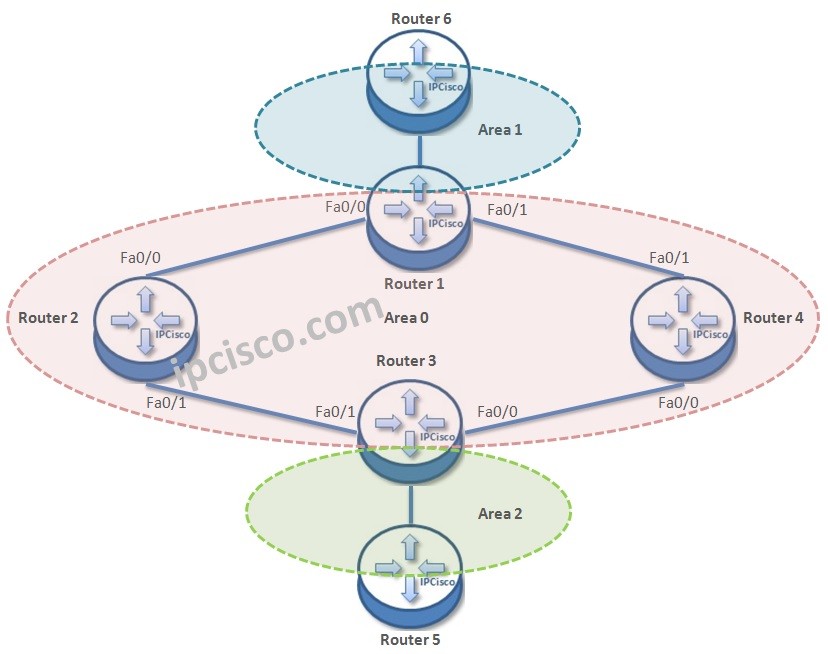
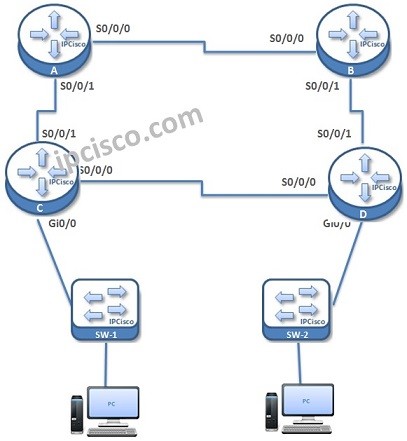
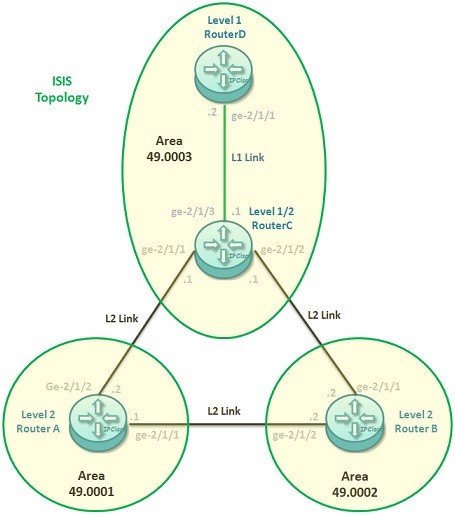
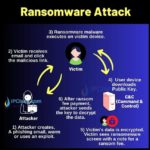




Leave a Reply